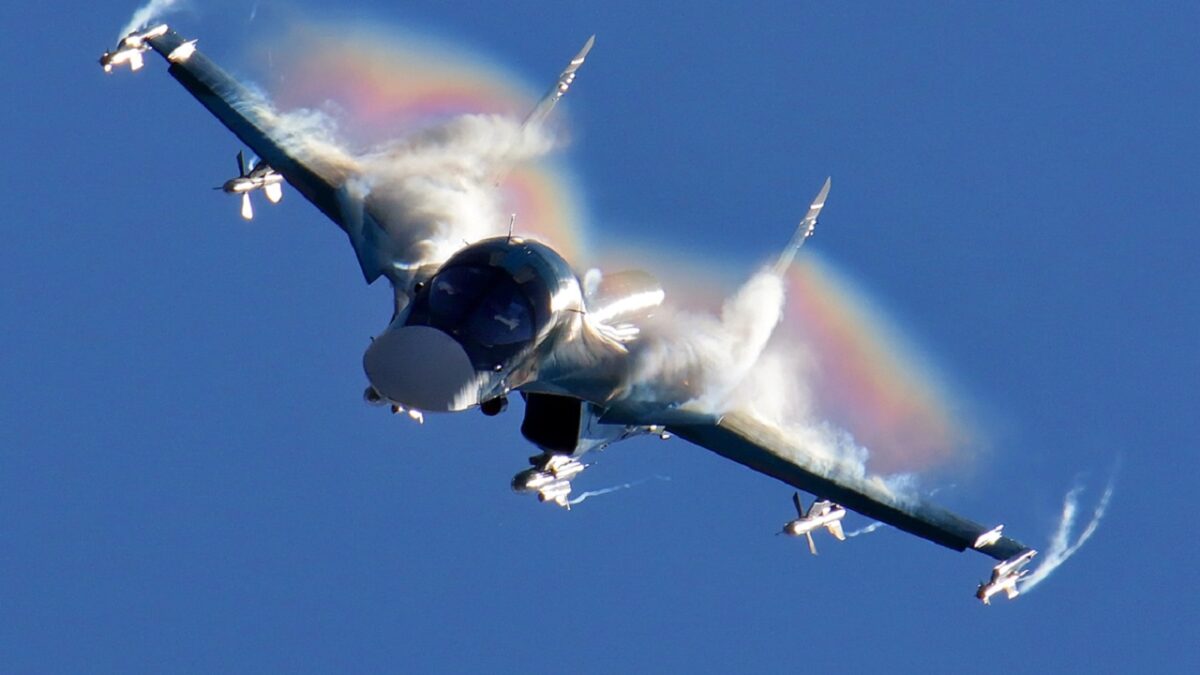Ukraine War Update: On day 75 of the Russian invasion of Ukraine, the fighting in the east rages on. The Russian military has failed to achieve a breakthrough in the Donbas despite a mass concentration of forces. The Ukrainian military continues to use small counterattacks to upset the Russian offensive.
The War in the Eastern Ukraine Rages on
The fighting in the Donbas continues but with no Russian breakthrough imminent. The Russian military continues to use mass artillery fire to dislodge Ukrainian units. Russian forces in Mariupol have launched a series of attacks on the battered Azovstal steelworks plant where the last of the Ukrainian garrison has holed up.
The Ukrainian Ministry of Defense claimed that as of Monday, Ukrainian forces have killed approximately 25,650 Russian troops (and wounded approximately thrice that number), destroyed 199 fighter, attack, and transport jets, 158 helicopters, 1,145 tanks, 513 artillery pieces, 2,764 armored personnel carriers, 185 Multiple Launch Rocket Systems (MLRS), 12 boats and cutters, 1,970 vehicles and fuel tanks, 87 anti-aircraft batteries, 377 unmanned aerial systems, 41 special equipment platforms, such as bridging vehicles, and four mobile Iskander ballistic missile systems, and 94 cruise missiles shot down by the Ukrainian air defenses.
The Woes of the Russian Air Force in Ukraine
On its daily estimate of the war, the British Ministry of Defense assessed that the Russian Aerospace Forces are running low on precision-guided munitions, which is resulting in increased civilian casualties.
“At the onset of its invasion of Ukraine, Russia publicly promoted its ability to conduct surgical strikes and limit collateral damage. It stated that Ukrainian cities would therefore be safe from bombardment. However, as the conflict continues beyond Russian pre-war expectations, Russia’s stockpile of precision-guided munitions has likely been heavily depleted. This has forced the use of readily available but ageing munitions that are less reliable, less accurate and more easily intercepted,” the British Military Intelligence assessed.
But the unprecedented sanctions imposed on Russia are taking a toll on the Russian military and aerospace industries, making it even harder to replace any used precision-guided munitions.

Russia’s Su-34 fighter-bomber. Image Credit: Creative Commons.
“Russia will likely struggle to replace the precision weaponry it has already expended. Russia’s invasion of Ukraine has revealed shortcomings in its ability to conduct precision strikes at scale. Russia has subjected Ukraine’s towns and cities to intense and indiscriminate bombardments with little or no regard for civilian casualties,” the British Military Intelligence assessed.
Russian Commanders Dying in
The massive scale and protracted nature of the conflict have exposed the many shortcomings of the Russian military. At the core, the Russian military seems to be unable to conduct large-scale, joint combined arms operations.
Another issue that has been exposed has to do with how Russian commanders actually fight and lead their troops into combat. It seems that the Russian field grade and senior officer is more likely to personally lead his troops from the front. Although a sign of bravery, that is an inefficient way to lead as the presence of a senior officer on the frontlines immediately “drowns” junior officers, who are less likely to lead effectively, and leads to micromanagement.
“Difficulties in command and control, as well as faltering Russian performance on the front line, have drawn senior commanders onto the battlefield, likely to take personal leadership of operations. Russian commanders rarely delegate operational authority to their subordinates, who in turn do not gain vital leadership experience,” the British Military Intelligence assessed.
Russian generals and other senior officers have suffered heavy casualties in the war so far. More than ten Russian generals and scores of colonels and lieutenant colonels have been killed by Ukrainian fire.

Russian T-80 tank. Image Credit: Creative Commons.
“However, it is not clear that the presence of these commanders on the battlefield has led to a refined or altered operational concept. Flawed planning assumptions and failures in sustainment continue to undermine Russian progress. The forward deployment of commanders has exposed them to significant risk, leading to disproportionately high losses of Russian officers in this conflict. This has resulted in a force that is slow to respond to setbacks and unable to alter its approach on the battlefield. These issues are likely to endure given the relative lack of operational command experience of the officers promoted in place of those killed,” the British Military Intelligence added.
1945’s New Defense and National Security Columnist, Stavros Atlamazoglou is a seasoned defense journalist specializing in special operations, a Hellenic Army veteran (national service with the 575th Marine Battalion and Army HQ), and a Johns Hopkins University graduate. His work has been featured in Business Insider, Sandboxx, and SOFREP.

